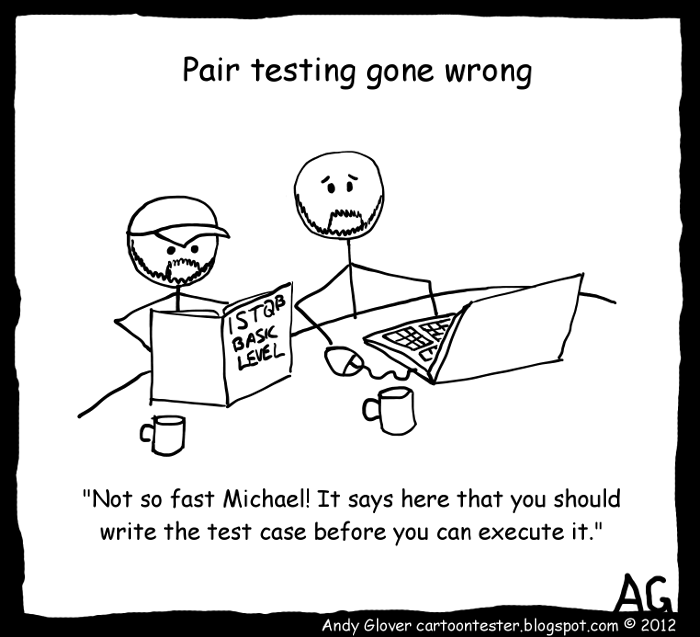A lot of times testers feel like they are not valued enough or that their efforts are not visible. Good quality usually is an expected outcome so it is hard to show that the role of a tester is actually very helpful and added up to quality improvements.
Possibly the most challenging work environment I had as a tester was becoming the first full time tester in a startup. There was no testing awareness prior to my role. It took time and effort to prove my value, but in the end, when I was changing jobs, some people openly admitted that they felt that I was one of the most valuable people within the company. So, what tips would I have to reach this state and become actually respected and very valued working as a tester?
-
Open up to learnings and collaborations
Take every chance to collaborate with other team members. It does not matter what their role is – it is extremely beneficial to collaborate and learn from others. Be it a developer, sales person or manager. Be proactive in this – tell colleagues that you’d love to learn more and maybe just shadow then for a while. It can add up a lot to your domain knowledge as well as interpersonal relationships with team members. Sometimes a programmer may even think of you when they are working on a new feature and ask you for your input for unit tests, for example.
-
Be transparent about what you work on and ask for feedback
If you have daily standups, then during them share the summary of your findings: it has to be concrete and informative. Try to be specific and mention what areas were tested, what was overall quality, if there was a big issue found – feel free to share it. If your organisation does not have standups, try to communicate this information in other channels – be it weekly discussion, plannings or just certain quality reports. Why not to make a quality newsletter? Keep people updated. Also, if you need any help or think that testability was causing some issues – let the team know. Sometimes all the team needs is to know about the pain points in order to help you solve them. Another tip is to arrange regular learning sharing meetings or show-and-tell sessions on what you created – maybe you learned some tricks in test automation or found an interesting bug which had to have a lot of investigation. Let the team know.
-
Promote pair testing
Do some sessions with developers, managers, product team members or even sales people. It will help them to see your role differently as well as possibly uncover unexpected bugs. Every person has a different set of experience and their usage of the product may be different. A lot of times developers may even sense what parts of the product are buggy, while product or sales people know what is actually important and where to put extra attention when testing.
-
Use analytics to prioritize and drive your testing
Testing in production is more and more of a thing. It is very important for us as testers to get to know our users. A lot of times we cannot really cover all the test scenarios either, especially in the times of big data and microservices. If possible, get to know the monitoring systems – what is being monitored in production? Can you see what features are mainly used by users? What browsers are your users using? All this data can help you to identify what actually matters. You can then prioritize your testing based on learnings and even include impact numbers to JIRA tickets. For example, you could quantify how important the issue is on IE8 by looking at the analytics numbers for users. Same could be done for functionality related problems. If issue you reported is on IE11 and most of users are using it – it adds extra weight. In the long run, business teams will really respect your input as you will be able to provide quality insights based on actual KPIs (if they are related to user experiences). Ability to do testing driven by user data can help you to provide very well respect insights on quality which could be useful even to the CEO.
-
Involve yourself in support and customer feedback analysis
If there is feedback functionality or support team for your product, try to get involved there. This will help you to get to know the user and their pain points. Analysing the issues you will learn more about the product and also get asked to join further investigations. This way you will be learning a lot of valuable information about the actual users which will be really appreciated by anyone in the team.
These 5 points really help raise testing awareness and help transmit the value of testing to the company. In the end, we all are working for the same goal of having a high quality product and as testers we promote this mindset.


